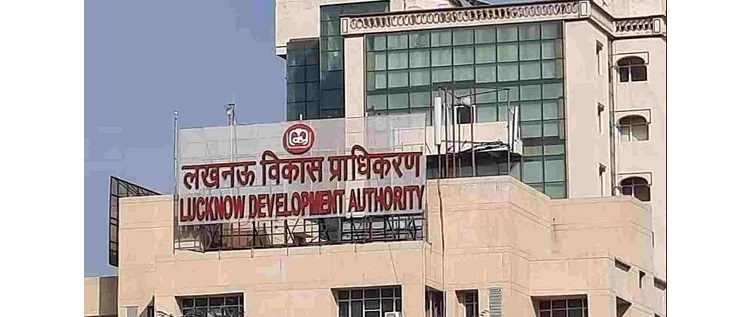E - PAPER
Centre should encourage concept of land leasing, land pooling
The Centre should encourage the concept of land leasing and land pooling as is being currently practised in states such as UP and Haryana to ensure availability of land for industrial and infrastructure projects, according to a report. The Land Acquisition, Rehabilitation and Resettlement Act, 20
 BY
admin
BY
admin
Published - Tuesday, 18 Jun, 2019

The Centre should encourage the concept of land leasing and land pooling as is being currently practised in states such as UP and Haryana to ensure availability of land for industrial and infrastructure projects, according to a report.
The Land Acquisition, Rehabilitation and Resettlement Act, 2013, is governing land acquisition in India currently. An amendment bill in 2015 was passed in the LokSabha, however the same was blocked in RajyaSabha and is still with the Parliamentary Committee, SBI Ecowrap report said.
"While we await the recommendations, we strongly believe that the bill should clarity some aspects including public purpose," it said.
Besides, it should set the consent threshold at no more than 60 per cent for both public-private partnership (PPP) and private projects and the time taken for acquisition must be set at not more than 12 months from existing limit of 42 months.
Compensation must be reasonable and linked to market value accounting for market imperfections or annual production value as is the norm internationally with an added clause that 75 per cent of the displaced people is gainfully employed in the project for which land has been acquired.
"We also believe that the Centre must strongly encourage the concept of Land Leasing and Land Pooling as is being currently practiced in Uttar Pradesh and Haryana," the report said.
In such arrangements, the landowner lends the land to the government for a steadily-increasing rent, or through an annuity-based system or through land development by a government agency, it said.
Under pooling, it said a group of land owners give up their land to a government agency, which develops the land with infrastructure and amenities and returns a part of it back to the owners.
The idea behind this is that with all the development, the smaller land parcels returned to the owners will be worth at least as much as the original parcel and the government saves on acquisition costs.
RELATED STORY VIEW MORE
TOP STORY VIEW MORE

Mixed Outlook for Australia's Housing Sector In 2024
Mixed Outlook for Australia's Housing Sector In 2024
05 December, 2024NEWS LETTER
Subscribe for our news letter
E - PAPER
-

CURRENT MONTH 
LAST MONTH














